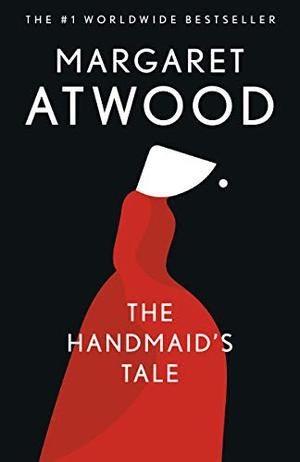As frequent readers of this blog know, I’m a fan of mystery novels. I shy away from dark thrillers, but a knotty plot with well-constructed red herrings will keep me up until 2 am. And I’ve read a number of multi-book mystery series in their entirety. Click here and here and here to see some of my past series reviews.
In this blog post, I offer new reviews of two recent mysteries, one set in 2020 and one set in 1958, that elevate the genre well beyond the solving of a puzzle.
Happiness Falls Angie Kim (2023) At its most basic, this novel is a cracking good mystery, about the disappearance of Adam Parson, a middle-aged husband and father, at a park near Washington, DC. But Happiness Falls is much more than that, because the only witness to the disappearance of Adam is his teenage son Eugene, who has a genetic disability that impedes his motor control and renders him unable to speak. To complicate matters more, the action takes place in June of 2020, during COVID lockdown. Oh, and then there’s the fact that Adam’s family is biracial. Eugene’s college-age sister, Mia, narrates the story in first person, asking readers to consider how society treats disabled people and immigrants, and reflecting on happiness—its perception and its achievement. This novel was deservedly on many lists of the best of 2023.
The River We Remember William Kent Krueger (2023) “In a town where the hatred from wars long past and wars more recent still had hooks set in so many hearts, was anyone safe?” (341) This sentence from Krueger’s latest mystery novel points to the broader themes underlying his text: the untreated trauma inflicted on millions of soldiers by combat, the racism endured by Japanese Americans after World War II, and the racism endured by Native Americans ever since colonizers arrived in North America. And yet, this novel is still a solid mystery, with many twists and turns. It’s set in the fictional small town of Jewel, in southern Minnesota, in 1958, and starts with the discovery of the body of Jimmy Quinn in the Alabaster River. The dead man had numerous enemies, so the job of the sheriff, Brody Dern, is complicated. The novelist takes us deep into the lives of many of the inhabitants of the town, deftly building character through dialog. A warning for the squeamish, among whom I count myself: the concluding chapters have some gory scenes.

































